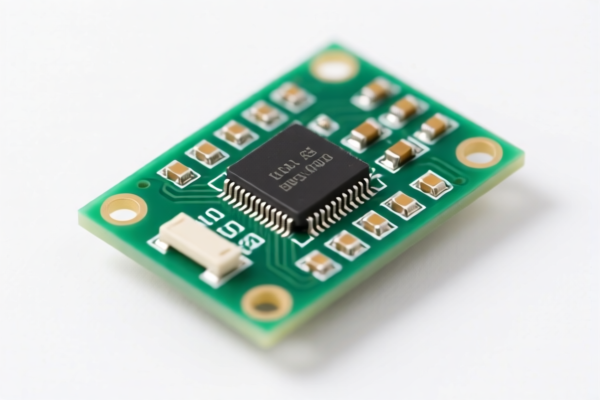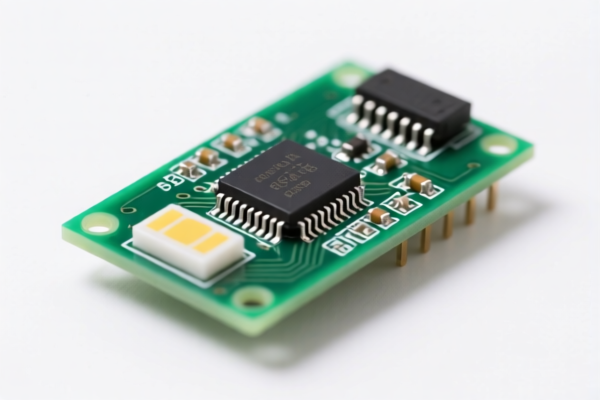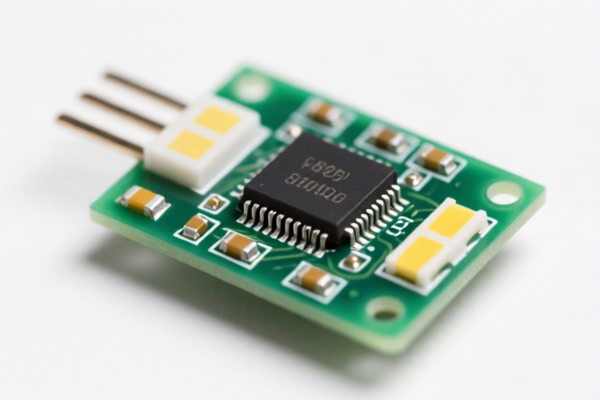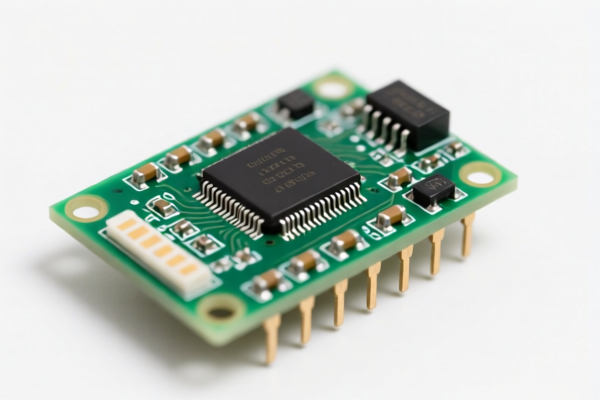| HS Code | Official Doc | Tariff Rate | Origin | Destination | Effective Date |
|---|---|---|---|---|---|
| 8536410020 | Doc | 57.7% | CN | US | 2025-05-12 |
| 8536490050 | Doc | 57.7% | CN | US | 2025-05-12 |
| 8537109170 | Doc | 57.7% | CN | US | 2025-05-12 |
| 8537109160 | Doc | 57.7% | CN | US | 2025-05-12 |
| 8535904000 | Doc | 57.7% | CN | US | 2025-05-12 |
| 8535908060 | Doc | 57.7% | CN | US | 2025-05-12 |
| 8538908160 | Doc | 58.5% | CN | US | 2025-05-12 |
| 8538903000 | Doc | 58.5% | CN | US | 2025-05-12 |
| 8479899599 | Doc | 57.5% | CN | US | 2025-05-12 |
| 8479899599 | Doc | 57.5% | CN | US | 2025-05-12 |
| 8487900080 | Doc | 83.9% | CN | US | 2025-05-12 |
| 8487900040 | Doc | 58.9% | CN | US | 2025-05-12 |
| 3904905000 | Doc | 61.5% | CN | US | 2025-05-12 |
| 3904400000 | Doc | 60.3% | CN | US | 2025-05-12 |




Relay Module
A relay module is an electrically operated switch used to control a circuit by a low-power signal. It provides isolation between the control circuit and the controlled circuit, allowing a small voltage or current to switch a larger voltage or current.
Material
Relay modules are comprised of several key components:
- Electromagnet: A coil of wire that generates a magnetic field when energized. Typically made of copper wire.
- Armature: A movable metal lever attracted by the magnetic field, physically making or breaking the circuit. Often made of ferromagnetic materials like iron or steel alloys.
- Switch Contacts: These make or break the electrical connection. Common materials include silver alloys for high conductivity and resistance to arcing.
- Insulating Material: Plastic or ceramic components provide electrical isolation and mechanical support.
- PCB (Printed Circuit Board): Provides the mounting platform for all components and facilitates connections.
- Enclosure (Optional): Plastic or metal housing for protection and mounting.
Purpose
The primary purpose of a relay module is to:
- Electrical Isolation: Separate the low-power control circuit from the high-power controlled circuit, protecting the control circuit from damage.
- Circuit Switching: Control high voltages, currents, or loads that a microcontroller or other low-power device cannot directly handle.
- Remote Control: Enable control of devices from a distance.
- Logic Control: Implement complex switching logic based on input signals.
Function
A relay module functions as follows:
- Control Signal: A low-voltage signal (e.g., from a microcontroller) is applied to the relay's control input.
- Electromagnet Activation: This signal energizes the electromagnet coil.
- Armature Movement: The energized electromagnet creates a magnetic field, attracting the armature.
- Contact Switching: The movement of the armature physically changes the state of the switch contacts, either opening or closing the circuit.
- Controlled Circuit Activation/Deactivation: The change in the controlled circuit allows or prevents current flow, activating or deactivating the connected load.
Usage Scenarios
- Home Automation: Controlling lights, appliances, and other devices.
- Robotics: Controlling motors, solenoids, and other actuators.
- Industrial Control: Managing machinery, pumps, and valves.
- Automotive Applications: Controlling headlights, wipers, and other vehicle systems.
- Security Systems: Controlling alarms, locks, and sensors.
- Prototyping: Interfacing low-power controllers with high-power devices.
Common Types
- Electromechanical Relays (EMR): The most common type, using a physical armature and contacts.
- Single Pole Single Throw (SPST): Simple on/off switch.
- Single Pole Double Throw (SPDT): Switches between two circuits.
- Double Pole Single Throw (DPST): Two sets of contacts switching simultaneously.
- Double Pole Double Throw (DPDT): Two sets of contacts switching between two circuits.
- Solid State Relays (SSR): Use semiconductor devices (e.g., transistors, thyristors) for switching. Offer faster switching speeds, longer lifespans, and no moving parts.
- Reed Relays: Use sealed glass tubes containing reeds that close when a magnetic field is applied. Suitable for high-frequency applications.
- Latch Relays: Maintain their state (on or off) even after the control signal is removed.
- Multi-Channel Relay Modules: Contain multiple relays controlled independently, providing a compact solution for controlling several devices.
Relay modules are electrical apparatus used for switching or protecting electrical circuits. They facilitate connections within electrical circuits and are commonly employed in various applications requiring electrical control.
Here are relevant HS codes based on the provided reference material:
- 8536410020: This HS code covers electrical apparatus for switching or protecting electrical circuits, specifically relays, for a voltage not exceeding 60V, with contacts rated at less than 10A, and are electromechanical. The basic tariff is 2.7%, with an additional tariff of 25.0%, increasing to 30.0% after April 2, 2025. The total tariff rate is 57.7%.
- 8536490050: This HS code also covers electrical apparatus for switching or protecting electrical circuits, specifically relays, but categorized as 'Other' with contacts rated at less than 10A and are electromechanical. The basic tariff is 2.7%, with an additional tariff of 25.0%, increasing to 30.0% after April 2, 2025. The total tariff rate is 57.7%.
Explanation of HS Code Structure (based on provided reference material):
- 85: Chapter 85 pertains to Electrical machinery and equipment.
- 36: Heading 36 specifically covers Electrical apparatus for switching or protecting electrical circuits.
- 410020 / 490050: These are further subdivisions (subheadings) specifying the type of apparatus (relays) and their characteristics (voltage, contact rating, electromechanical type).
Important Note:
The applicable tariff rate for both HS codes 8536410020 and 8536490050 is subject to change. A 25.0% additional tariff is currently in effect, increasing to 30.0% after April 2, 2025. It is crucial to confirm the most up-to-date tariff information before customs clearance.
Customer Reviews
No reviews yet.